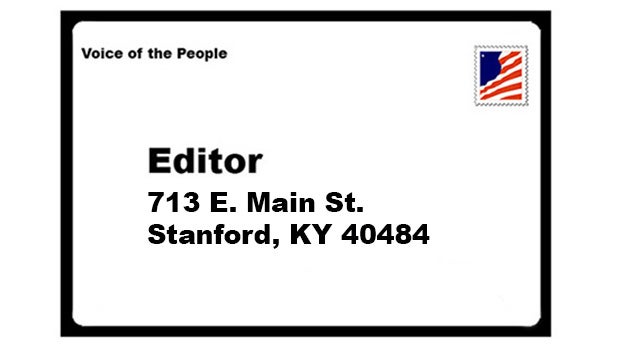All that glitters is not great
Published 6:47 pm Thursday, January 18, 2018
By Amanda Wheeler
Going Green in the Bluegrass
The holidays have now passed and many people have put away their gifts and are taking down their decorations. But no matter how well we clean up after Christmas and New Year’s, there’s often one festive element from the end of the year that manages to hang around for months: glitter.
Once it’s no longer making something look pretty, glitter can get pretty annoying. But it’s also terrible for the environment.
It’s easy to think glitter is largely harmless — after all, the pieces are so tiny. But those tiny little pieces are actually made of plastic. They’re called “micro-plastics.”
Once these tiny plastics make their way out of your house and into the environment, they get on everything and travel everywhere. Imagine how annoying spilled glitter in one room of your house can be; now imagine all the glitter that gets thrown out every year getting spilled in the natural world.
But it’s not just an annoyance in nature; it does actual harm.
Plastics are not digestible by animals, which can often eat them thinking they are food. The more plastic builds up in the world, the more it interferes with natural processes and behaviors.
How would you feel if your favorite breakfast cereal added a couple flakes of glitter to each box? What if in 10 years, that had grown to a dozen glitter flakes per box? I’m guessing you’re like me — you want your foods to be 100 percent glitter and plastic free.
That may seem like a silly scenario, but the reality is you may be eating plastic in your food already. Micro-plastics like glitter most easily travel in waterways and a lot of plastic winds up in oceans, rivers and lakes. Fish will often eat these micro-plastics.
You can see it’s not hard for those undigestible, tiny pieces of plastic to wind up in the seafood you eat.
This is why I try to avoid glitter all the time. There are plenty of nice ways to wrap gifts and decorate your home that don’t use glitter. But if you really need to create a glitter effect, there are companies online that will sell you glitter made from natural, biodegradable materials. These products can be very expensive and they’re generally sold for cosmetic uses.
If you like do-it-yourself projects, you can actually make your own replacement glitter by using coarse salt instead of plastic. Add enough salt to meet your glitter needs to a small bowl, then add several drops of food coloring. Mix the salt and coloring together thoroughly. Add more salt or more food coloring as needed to achieve your desired result. Let the mixture dry for two to three hours or bake it for 10-15 minutes at 350 degrees to dry it more quickly. If you bake it, let it cool for 20-25 minutes afterward.
Amanda’s Animal Fact of the Week :
An albatross can go years without touching land, they often mate for life and can live more than 50 years. They also accidentally eat plastic in the ocean and feed it to their chicks. This causes many issues often resulting in death.






